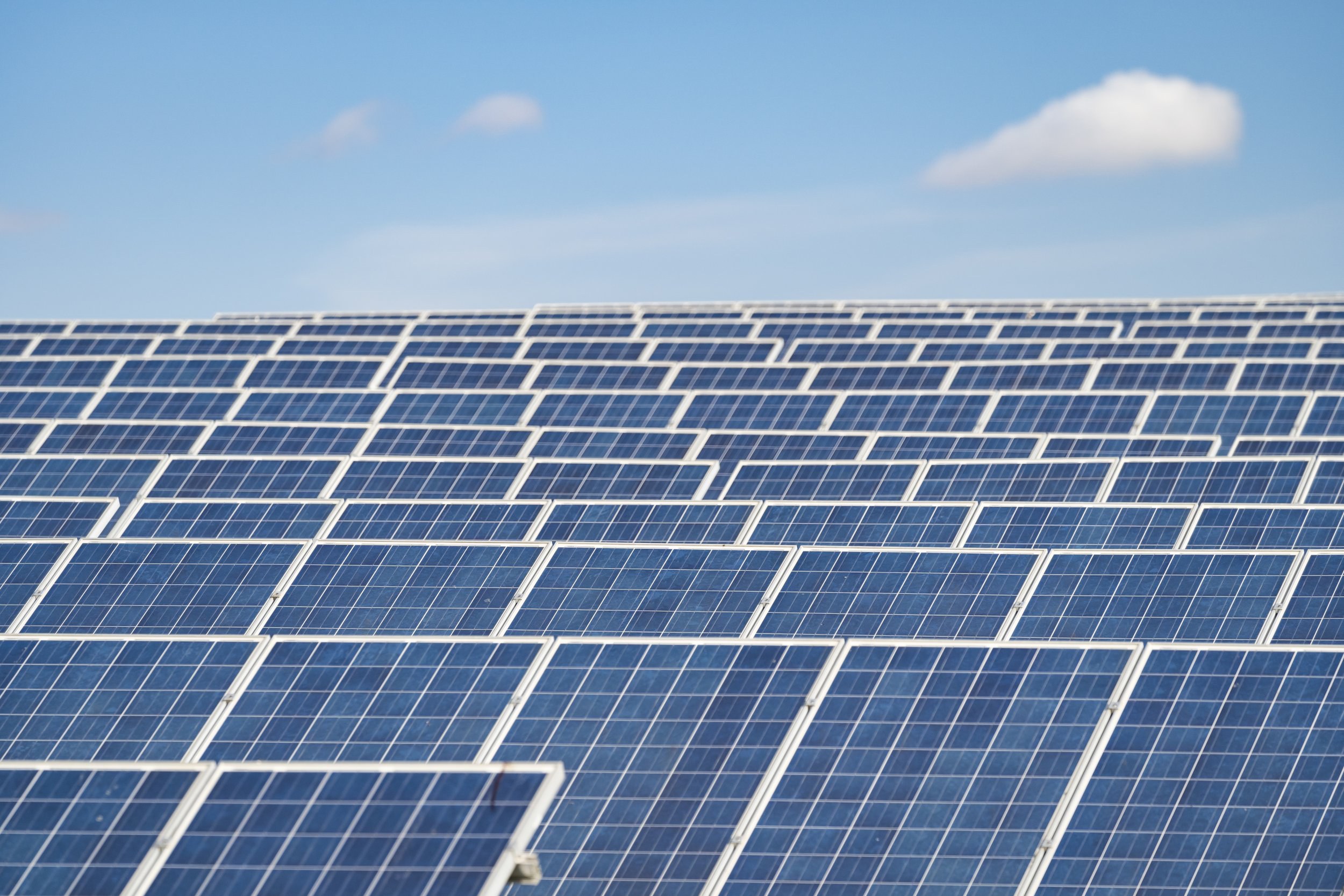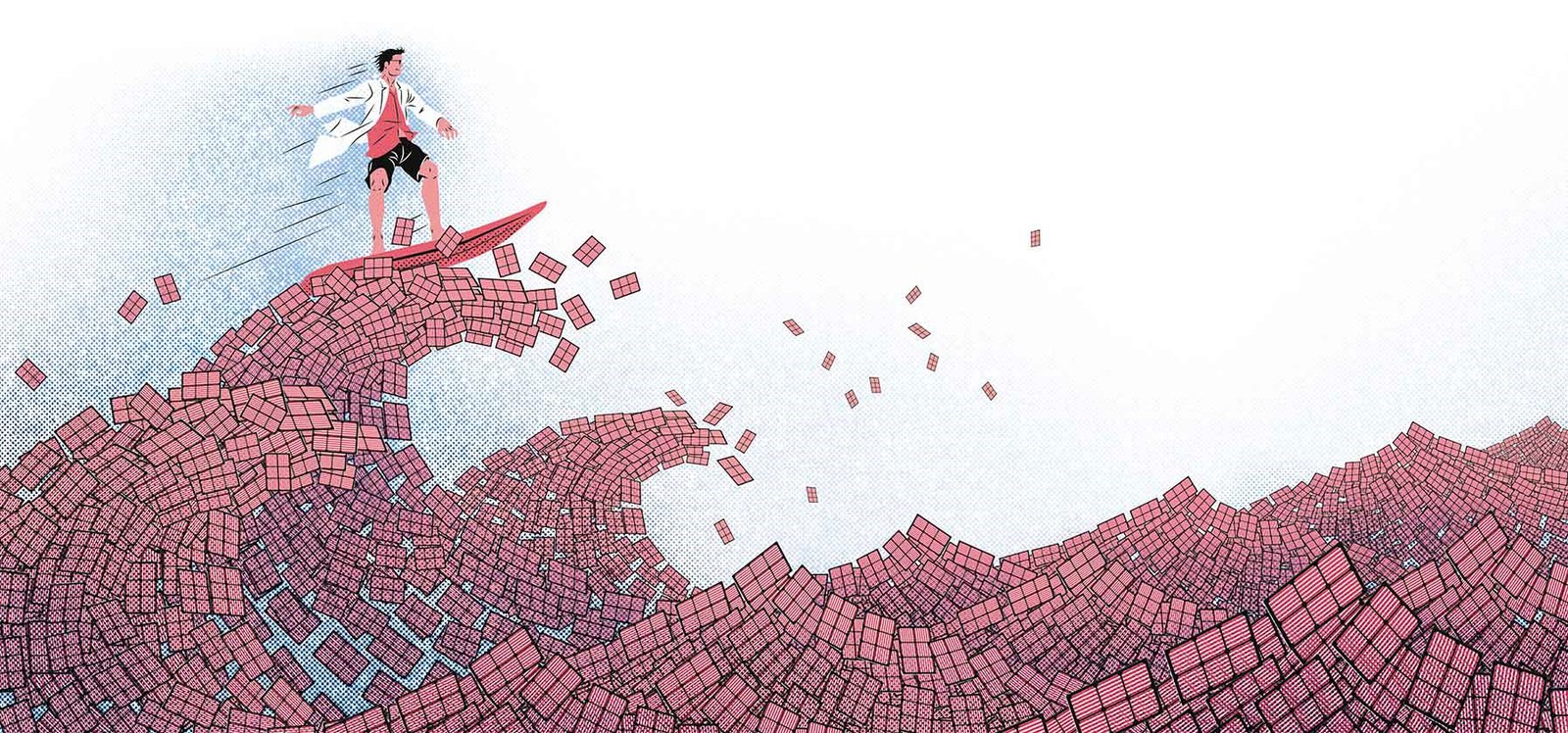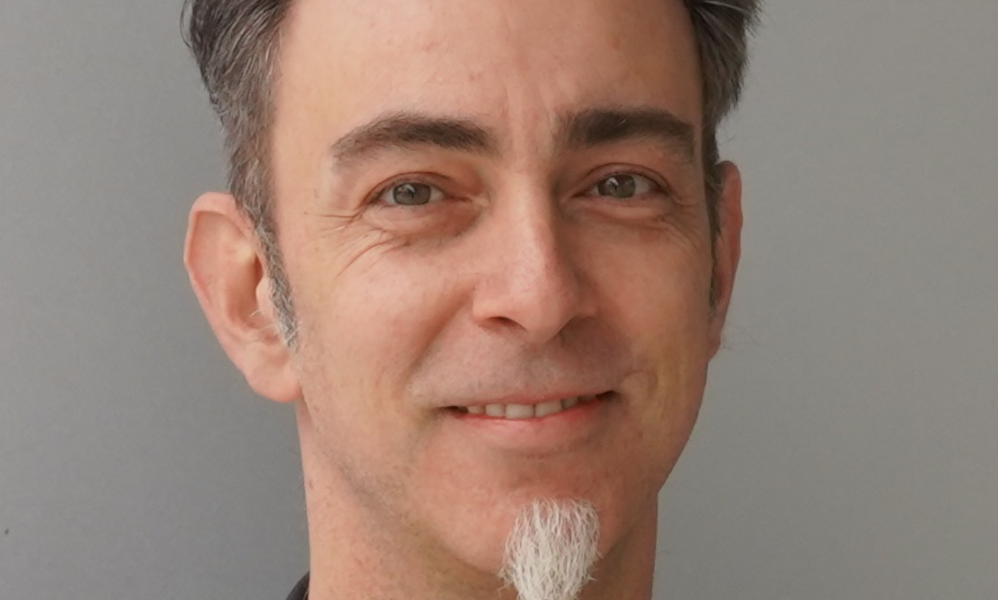Designing organic electronics sustainably
Organic electronics can make a decisive contribution to decarbonization and at the same time help save rare and valuable raw materials. To achieve this, it is necessary not only to further develop manufacturing processes, but also to plan technical solutions for recycling already in the laboratory....





